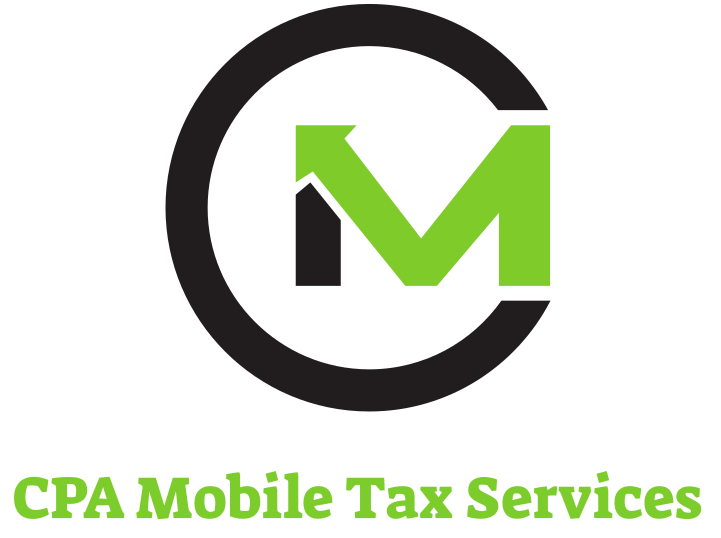The year end is upon us, and before we head out for some holiday cheer, here are a few thoughts for tax-planning.
– Flexible spending accounts (FSA’s). Money set aside for payment of child-care and medical expenses is a great deal, as it allows you to avoid paying income and social security tax on these amounts. However, make sure to verify that there will be nothing left in your account at the end of the year, as you may have to forfeit the excess. One thing to check, your employer may have adopted a grace period permitted by the IRS, allowing employees to spend 2022 set-aside money as late as March 15, 2023. If not, you can do what employees have always done and make a last-minute trip to the drug store, dentist, or optometrist to use up the funds in your account.
– Retirement account contributions. Try to increase your 401(k) contributions by making a final lump sum contribution if your employer allows, so that you are putting in the maximum amount of money allowed ($20,500 for 2022, $27,000 if you are age 50 or over). If you cannot afford that much, try to contribute at least the amount that will be matched by employer contributions.
Also consider contributing to an IRA. You usually have until the April 18, 2023, filing deadline to make IRA contributions, but the sooner you get your money into the account, the sooner it has the potential to start to grow tax deferred. Making deductible contributions also reduces your taxable income for the year. You can contribute a maximum of $6,000 to an IRA for 2022, plus an extra $1,000 if you are fifty or older.
If you are self-employed, a good retirement plan might be a Keogh plan. These plans must be established by December 31, but contributions may still be made until the tax filing deadline (including extensions) for your 2022 return. The amount you can contribute depends on the type of Keogh plan you choose.



